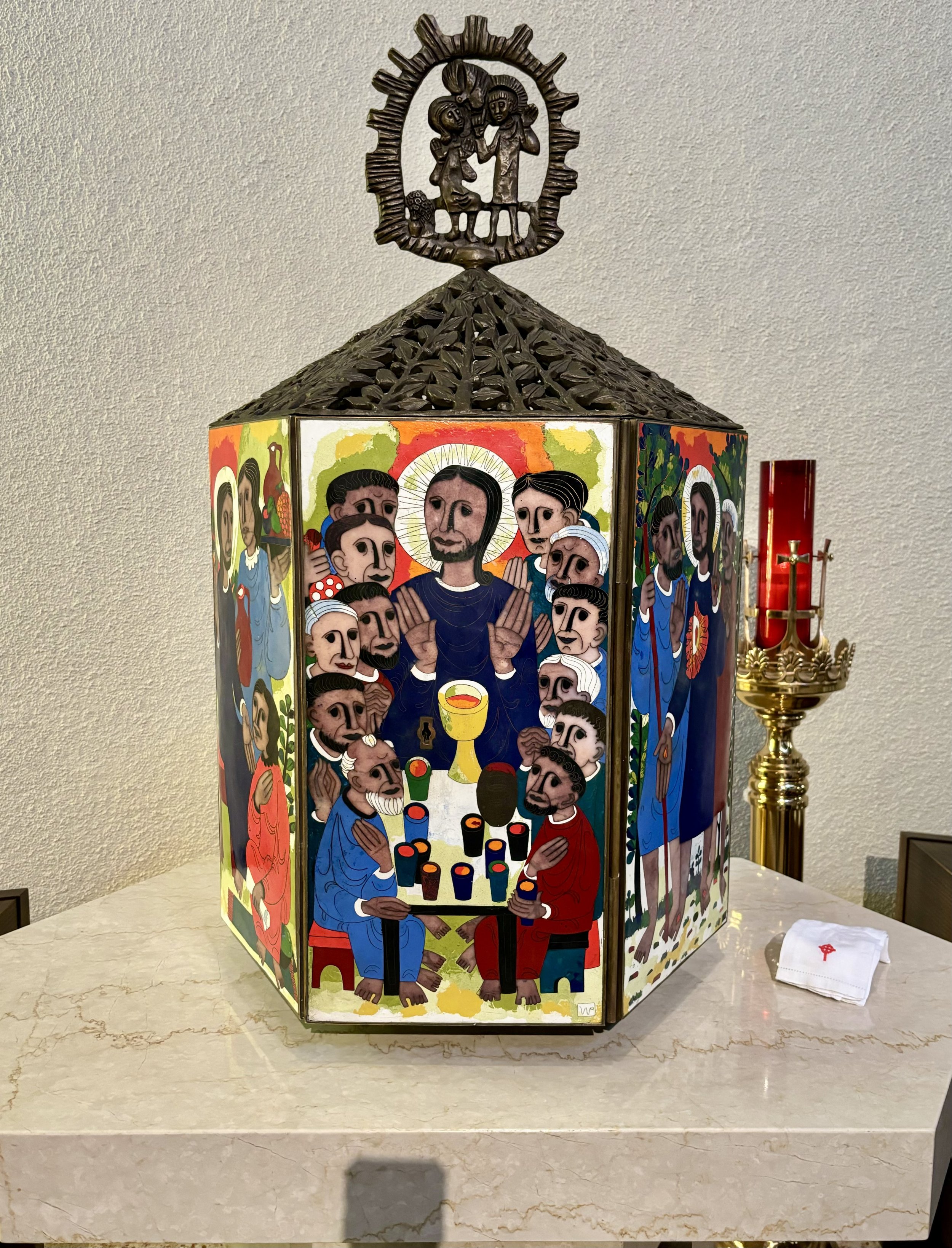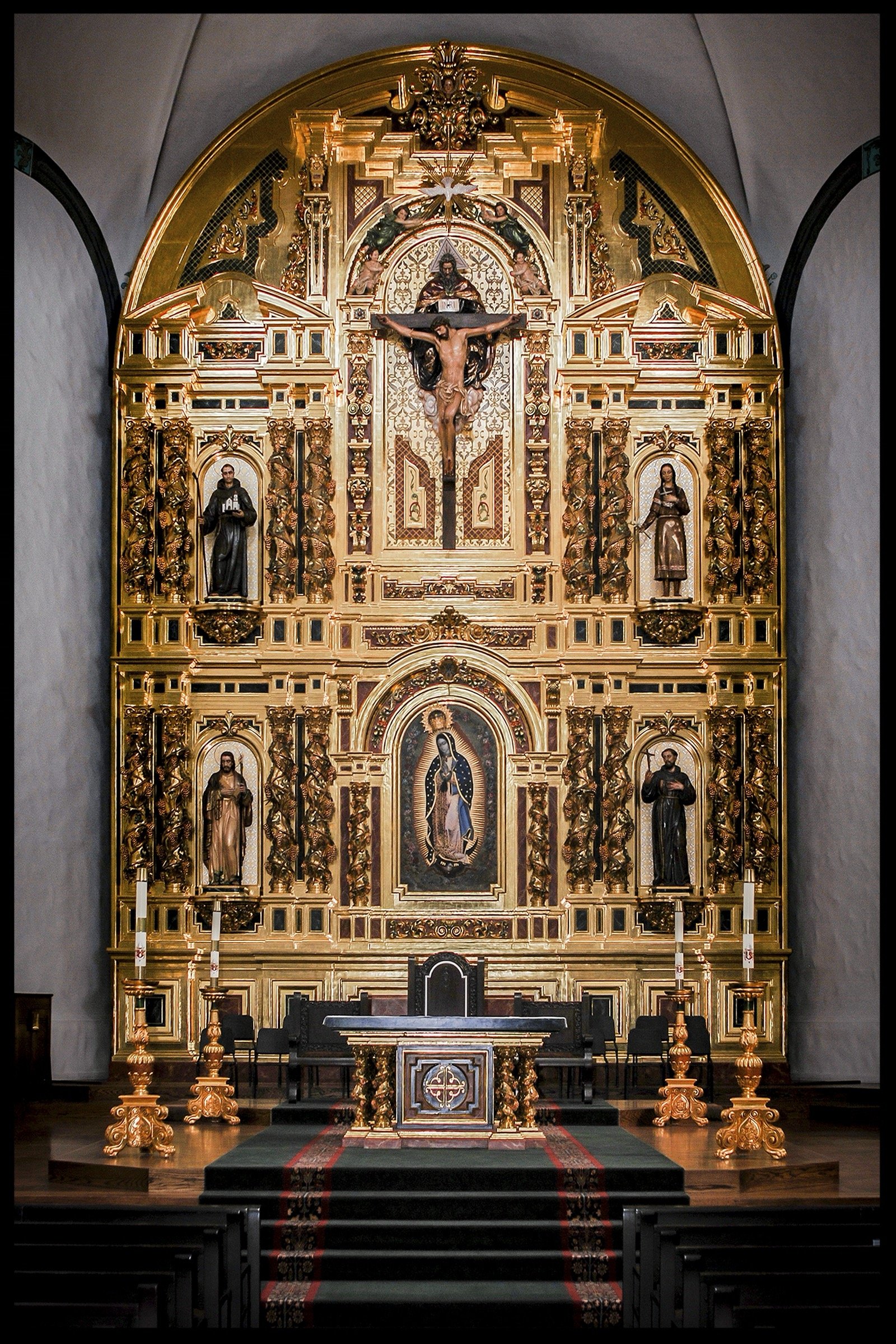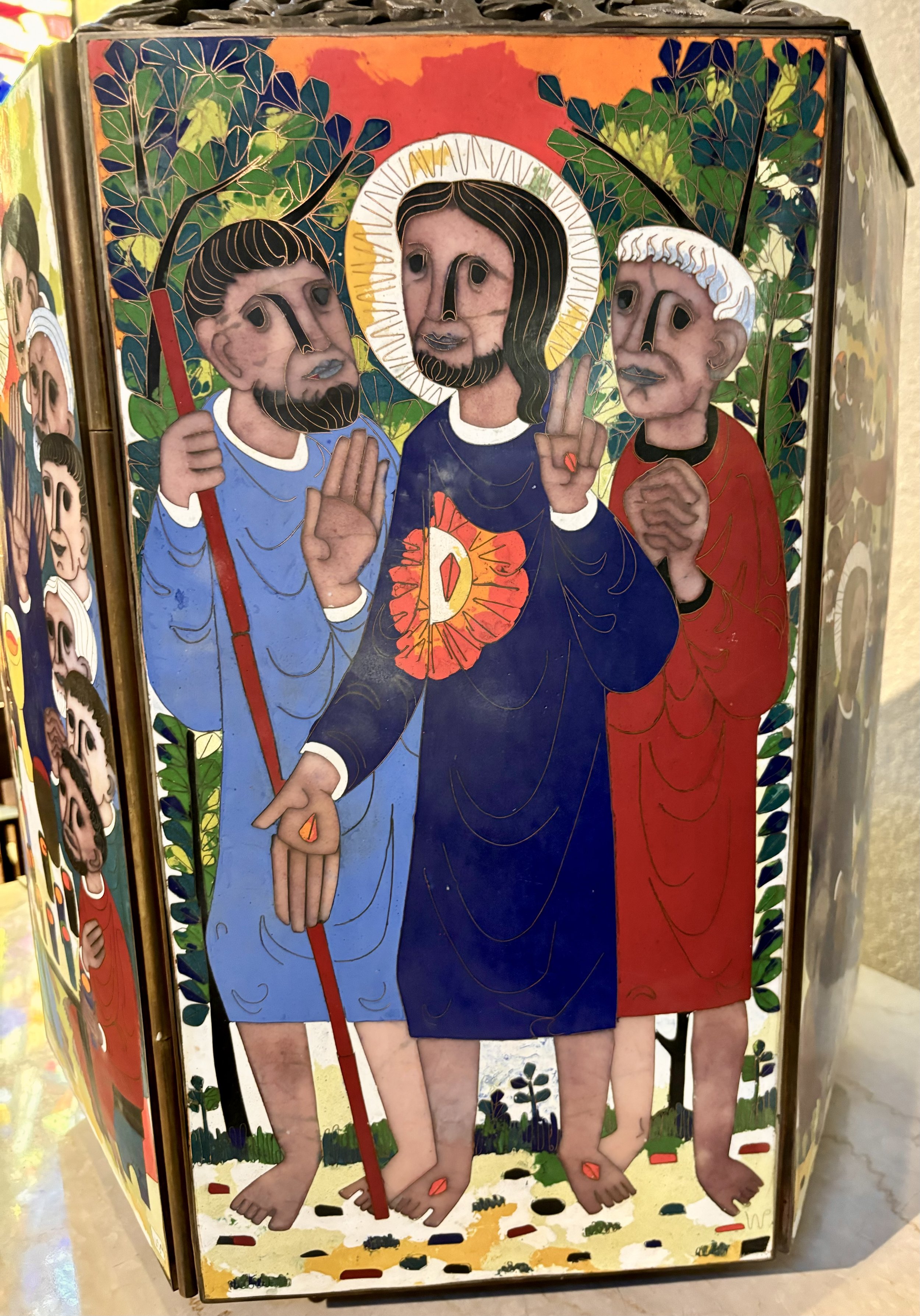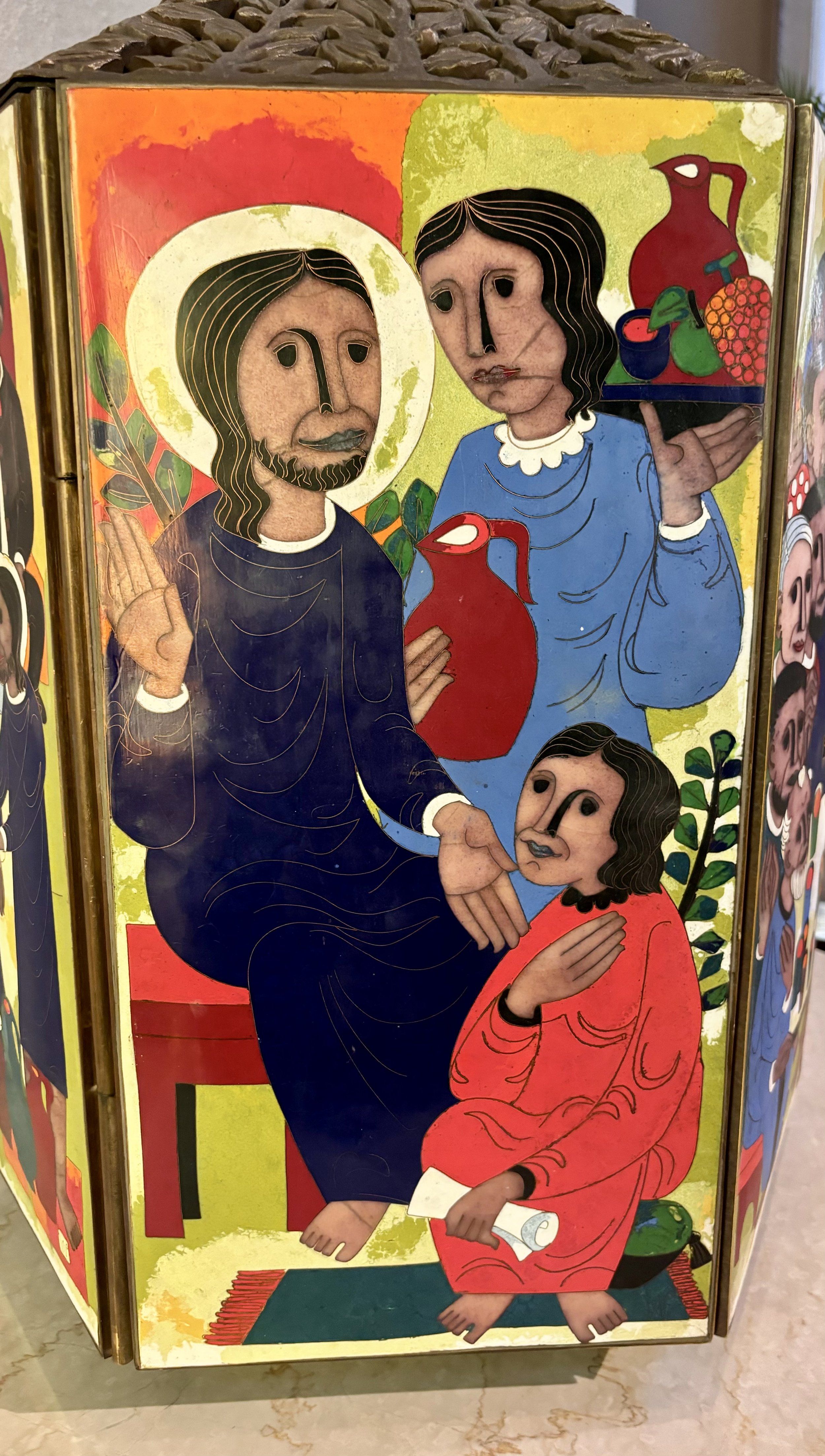It is said that important turning points in life beg reflection. As I will shortly celebrate my 50th Anniversary of Ordination to the Priesthood, reflection on the graces and blessing that have filled my life are uppermost in my mind and heart.
Two parishes and its people especially come to mind that so profoundly have shaped the contours of my priesthood, Holy Family in Orange, and Mission Basilica in San Juan Capistrano. I began my priesthood at Holy Family parish in the summer of 1974 and returned in 1988 as the third Rector of the then Cathedral Church of the relatively young diocese of Orange. In 2003, our third Bishop, Tod Brown, named me as the 34th pastor of our historic mother church in the Diocese, Mission San Juan Capistrano, where I served until my retirement 10 years ago in 2014 due to my challenging neuromuscular condition.
It had always been my goal as a pastor to let beauty speak powerful of the presence of God. Our Catholic heritage has a lengthy tradition of celebrating and venerating the arts as the locus of God’s presence. As a seminarian I was always drawn to the artistic and musical heritage that powerfully shapes our life of worship. In post-graduate studies at the University of Louvain in Belgium, my area of concentration was the sacramental life of Church where sign and symbol become the powerful language of worship.
One of the great moments in my pastorate at the Mission occurred when I was able to architecturally complete the sanctuary of the Basilica with the addition of what is now known as the “Great Retablo.” Working with the Spanish firm of Talleres de Arte Granda, the long-awaited project was completed and installed in the Spring of 2007. Countless visitors and pilgrims from around the world continue to marvel at the beauty of this artistic enhancement to the Basilica Church.
Far smaller yet of no less artistic value was my acquisition through the generosity of an anonymous donor to mark the Great Jubilee Year 2000, of a new Tabernacle for Holy Family Church, our historic Cathedral Church.
During my time in Belgium as a post-graduate priest-student, I became acquainted with the German liturgical artist, Egino Weinert. On my periodic excursions to Cologne, Germany, I would visit his shop near the famous Cathedral and marvel at his work in bronze and exquisite enamel. From simple plaques for sacramental occasions like First Communion, to elaborate Tabernacles and chalices, his work reflected the lost art of medieval champlevé enameling with a contemporary and ‘naive’ artistic quality.
I came to find out that as a devout Catholic, Weinert was staunchly against the Hitler regime during World War II and even suffered imprisonment for refusing to give the Hitler salute!
In 1999, I became aware that a large and beautiful Weinert Tabernacle became available for purchase. In my desire to create a separate Blessed Sacrament area in the Cathedral at the urging of Bishop Brown, I began correspondence with the Weinert studio in Germany to eventually acquire the new Tabernacle. It’s arrival and eventual installation by the Los Angeles marble firm of Carnevale & Lohr, was completed in 2000.
Like stained glass in a Medieval Cathedral that taught the Gospel stories visually, so too, is the liturgical artistry of Egino Weinert. Each piece visually proclaims the Good News of Christ. Through child-like simplicity, the six enameled panels of this magnificent museum quality work of liturgical art, portrays Eucharistic theology in all of its multifaceted beauty.
The front of the Tabernacle depicts the foundational event that anchors our Eucharistic theology, the Last Supper.
The first panel on the right depicts the gospel scene narrated in Luke 24 when the Lord encounters the two disciples on their way from Jerusalem to the small village of Emmaus. They encounter the Risen Lord with the signs of his crucifixion on his hands and feet yet alive! Their doubts are dispelled as their hearts burn in the presence of the Risen Lord.
The finely intricate following panel depicts the miracle of the loaves and fishes where from a few small fish and bits of bread brought by a child to be blessed by the Lord, the multitude are feed.
The back of the Tabernacle depicts another post-Resurrection appearance of the Lord to his disciples who find him preparing breakfast for them on the seashore and their eyes are opened as he feeds them with his Risen presence.
The following panel depicts the Lord and his mother, Mary, at the wedding feast of Cana. At Mary’s request to save the bride and groom from the embarrassment of running out of wine, the Lord miraculously multiplies the wine with the very finest of wine. I always loved this depiction by Weinert where he portrays the bridegroom with a bowtie!
The final panel depicts the Lord at the home of his dear friends, Martha, and Mary. Martha is busy with hospitality, yet Mary is before the Lord in loving adoration.
I am pleased that one of the legacies of my time at Holy Family parish remains this beautiful and historic Tabernacle that visually and powerfully depicts the heart of the priesthood and our Catholic way of life.







